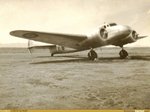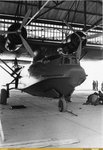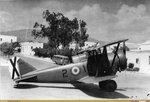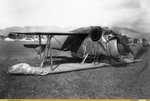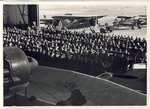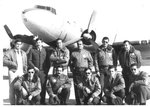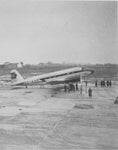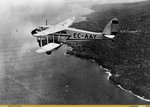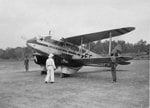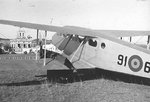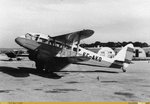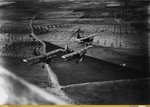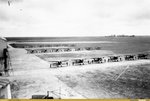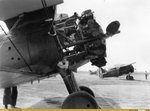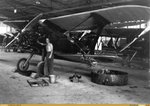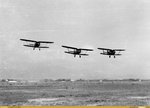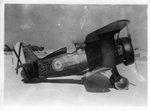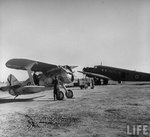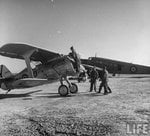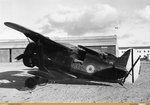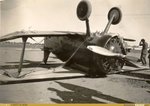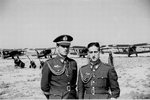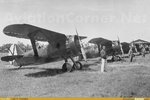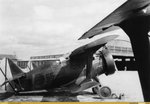- Thread starter
- #61
One single B-25 served in Spain Air Force; it was a Mitchell from the USAAF (serial number 41-30338) that was interned in 1944 and operated between 1948–1956. It landed in Nador (North Africa) on August 4th 1944. It was interned in the Morocco Air Armory; some years later it was decided to put into flying condition and between 1950-1953 served in the airforce. Unfortunately without spare parts, it was scrapped in 1956.
The B-25 displayed at Cuatro Vientos is actually TB-25N 44-29121, once carrying the civil registration of N86427. The B-25 ended up with John Hawke's Visionaire Intl. Co. in 1978 for use in the filming of the dubious-at-best Hanover Street as Brenda's Boys. It was later used in Yanks and Cuba. During that filming, it apparently was making a low pass at Malaga,Spain, hit an obstruction and made an emergency landing. It was subsequently abandoned, obtained by the museum for display. It was restored for static display.
The B-25 displayed at Cuatro Vientos is actually TB-25N 44-29121, once carrying the civil registration of N86427. The B-25 ended up with John Hawke's Visionaire Intl. Co. in 1978 for use in the filming of the dubious-at-best Hanover Street as Brenda's Boys. It was later used in Yanks and Cuba. During that filming, it apparently was making a low pass at Malaga,Spain, hit an obstruction and made an emergency landing. It was subsequently abandoned, obtained by the museum for display. It was restored for static display.
Attachments
-
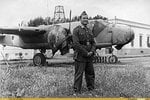 avc_00164176.JPG143.4 KB · Views: 389
avc_00164176.JPG143.4 KB · Views: 389 -
 avc_00164463.JPG51.5 KB · Views: 455
avc_00164463.JPG51.5 KB · Views: 455 -
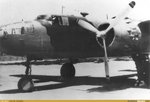 avc_00164582.JPG65.9 KB · Views: 409
avc_00164582.JPG65.9 KB · Views: 409 -
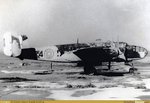 North American B-25 Mitchell 001.jpg122.6 KB · Views: 388
North American B-25 Mitchell 001.jpg122.6 KB · Views: 388 -
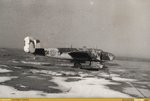 North American B-25 Mitchell 002.jpg124.1 KB · Views: 397
North American B-25 Mitchell 002.jpg124.1 KB · Views: 397 -
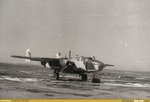 North American B-25 Mitchell 003.jpg113.2 KB · Views: 403
North American B-25 Mitchell 003.jpg113.2 KB · Views: 403 -
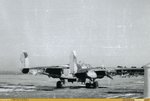 North American B-25 Mitchell 004.jpg88.9 KB · Views: 374
North American B-25 Mitchell 004.jpg88.9 KB · Views: 374 -
 North American B-25 Mitchell 005.JPG52.8 KB · Views: 1,001
North American B-25 Mitchell 005.JPG52.8 KB · Views: 1,001
Last edited:

